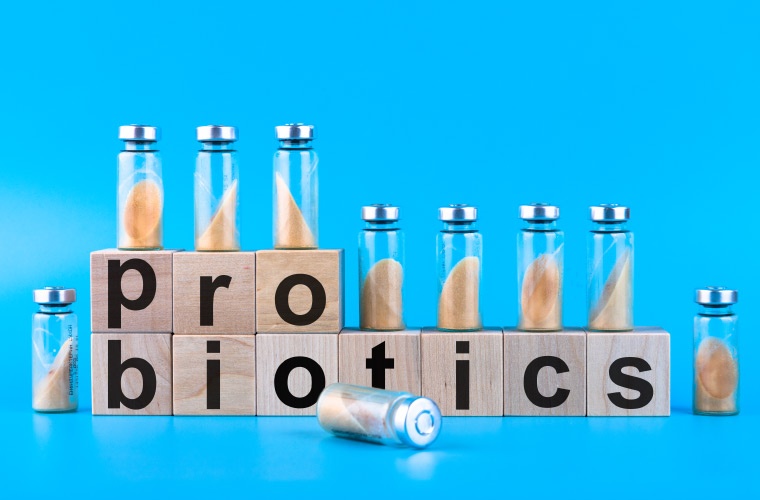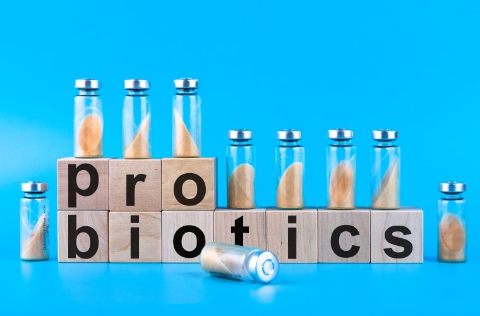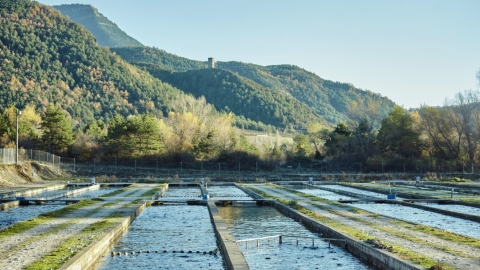
Live microorganisms that bolster the resistance of fish and shellfish, probiotics are emerging as a powerful tool in the battle against bacterial pathogens within aquaculture-and promising alternative to antibiotics.
Ongoing research highlights their particular effectiveness against six key bacterial threats: Aeromonas hydrophila, Yersinia ruckeri, Lactococcus garvieae, Streptococcus agalactiae, Streptococcus dysgalactiae and Streptococcus iniae.
According to these studies, probiotics operate through multiple mechanisms of action that can be readily integrated into health management strategies on fish farms. For instance, they prevent intestinal colonization by pathogens by competing for nutrients and adhesion sites. They also produce antimicrobial substances such as bacteriocins and organic acids.
Probiotics are increasingly viewed as immunomodulatory agents, enhancing the fish’s own immune response and improving resistance to disease.
One of the most compelling aspects of probiotic use is its contribution to improved nutrition and nutrient absorption, thereby boosting growth rates and feed efficiency.
In sum, the integration of probiotics in aquaculture not only strengthens the fight against bacterial pathogens but also helps reduce dependence on antibiotics-a step forward in reinforcing the sector’s resilience.



